Sarawak

Sarawak is the largest state in Malaysia, situated on the island of Borneo, famous for its rich cultural heritage, virgin rainforests, and varied wildlife. With centuries of history and a mix of indigenous and colonial influences, this place has something to offer every visitor who comes for an experience in the art of natural beauty, combined with adventure and historical exploration.
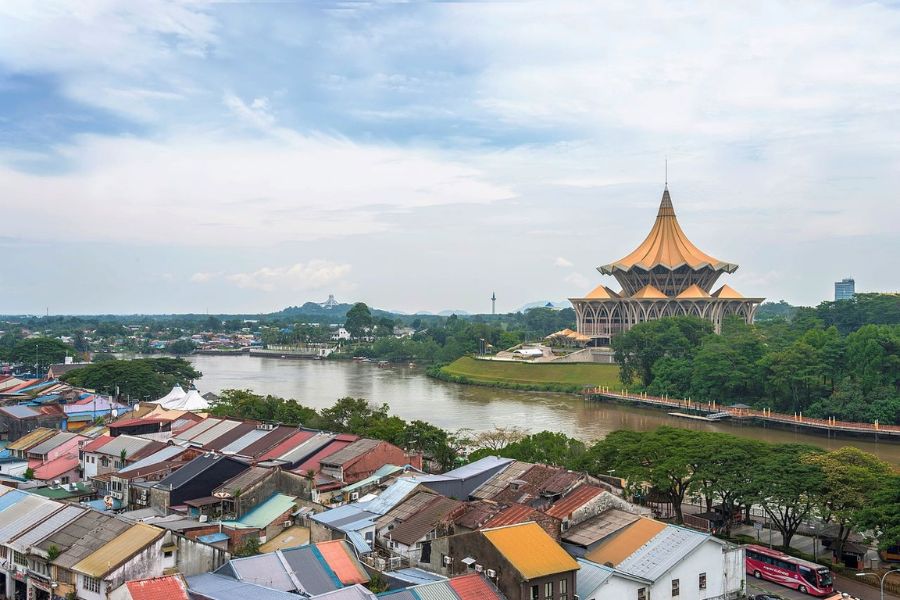
Kuching city, Sarawak (Source: crowdsourcedexplorer)
It is a very interesting tale of the history of Sarawak, with indigenous tribes, colonial rulers, and the formation of modern Malaysia. The area has been inhabited by indigenous Dayak tribes-the Iban, Bidayuh, and Orang Ulu-especially dwelling in longhouses deep in the interior of the forests for centuries. These people developed rich cultural traditions, much of which survives to this day.
Modern history, on the other hand, presents records of this state in the early 19th century as part of the Sultanate of Brunei. In 1841, British adventurer James Brooke helped the Sultan of Brunei put down a rebellion; as his reward, Brooke was given Sarawak to govern.
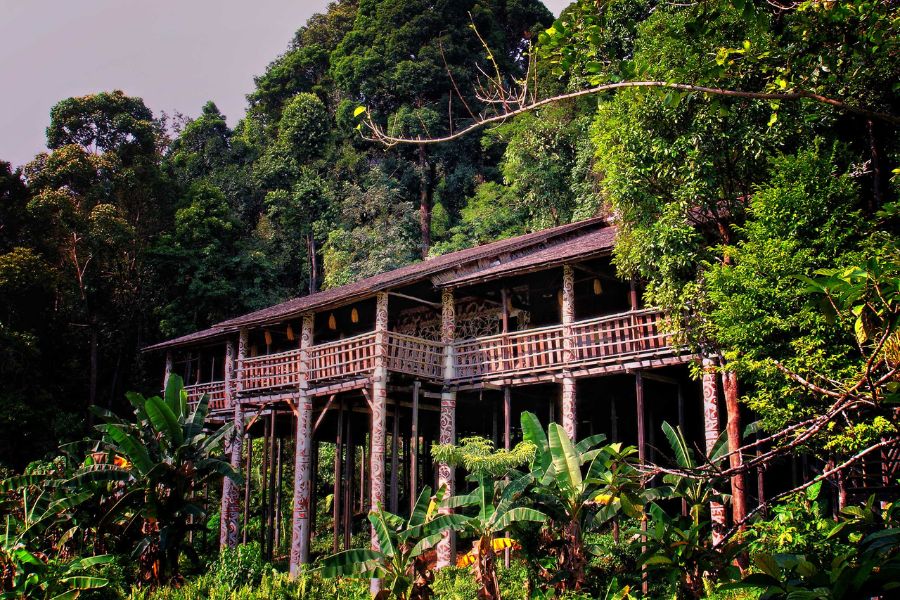
History of Sarawak (Source: Wikipedia)
After World War II, this state was made a British Crown Colony and finally joined Malaysia in 1963, events that shaped many features of its political and economic aspects. Much of the rich history can be imagined today through its museums, architecture of the colonial era, and cultural festivals.
Located on the northwest coast of Borneo Island, the third-largest island in the world. It measures approximately 124,450 square kilometers and is thus the largest state in Malaysia. It shares the island with the Malaysian state of Sabah to the northeast, the sovereign nation of Brunei, and the Indonesian provinces of Kalimantan to the south.
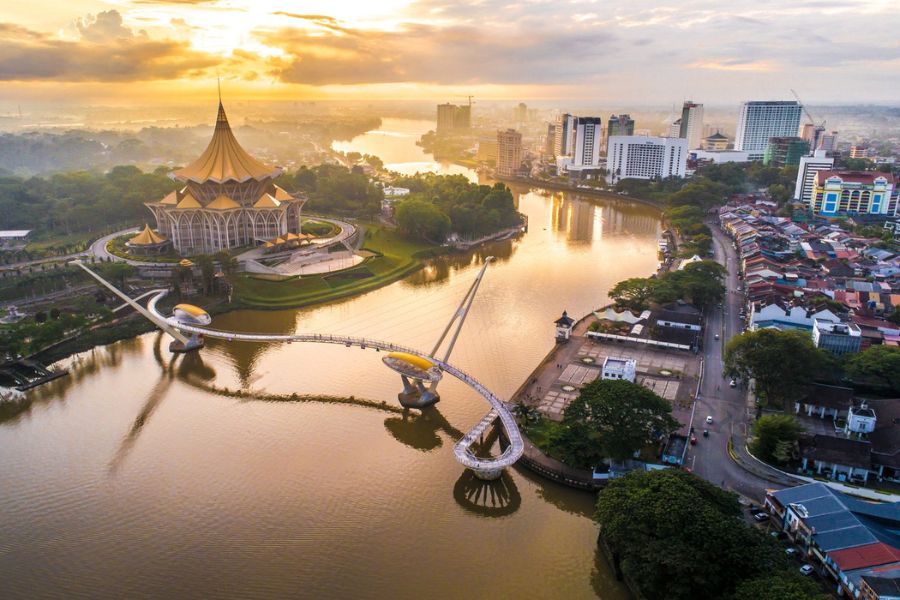
Sarawak with view from above (Source: PATA)
Probably the most famous UNESCO World Heritage Sites in Sarawak, Gunung Mulu National Park offers a cornucopia of delights for lovers of the great outdoors and thrill-seekers alike. With its peculiar configurations of limestone karst formations, big systems of caves, and diverse wildlife, it harbors the Sarawak Chamber, one of the largest underground chambers in the world, and the Deer Cave, where thousands of bats spill out in spectacular fashion at dusk.
Visitors can take advantage of the large networks of caves, hike over lush rainforests, and for the adventurous, climb the Pinnacles-three jagged limestone peaks that provide a breathtaking view of the landscape below.
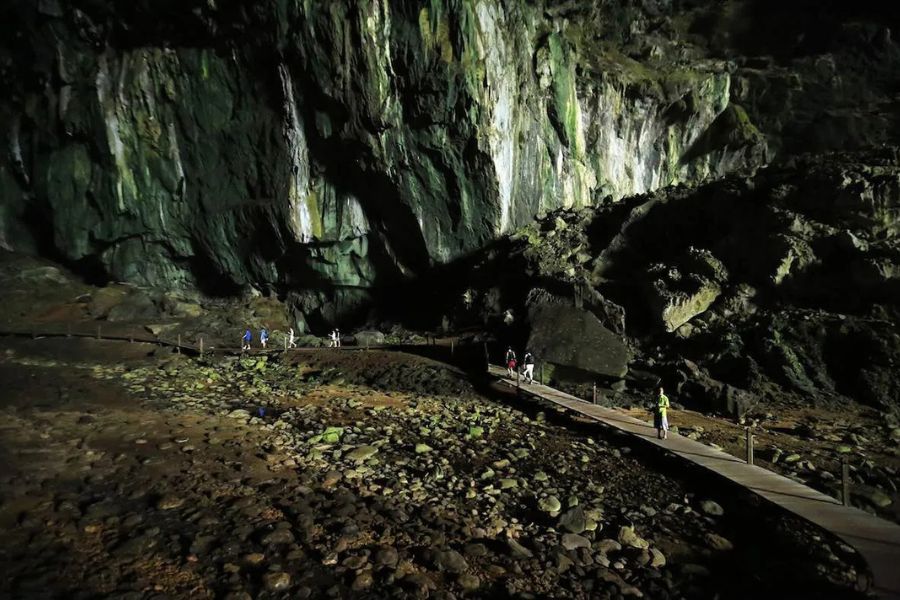
Gunung Mulu National Park in Sarawak (Source: BorneoAdventure)
Lying a mere 37 kilometers from Kuching, Bako National Park is Sarawak's oldest national park. It offers a weird medley of wildlife-from rare proboscis monkeys down to bearded pigs and a host of bird species.
Everything from coastal cliffs and mangrove swamps to heavy rainforests makes this park a haven both for hikers and photographers. A scenic Telok Pandan Kecil leads to a secluded beach lined by postcard-worthy views of the South China Sea and towering rock formations.
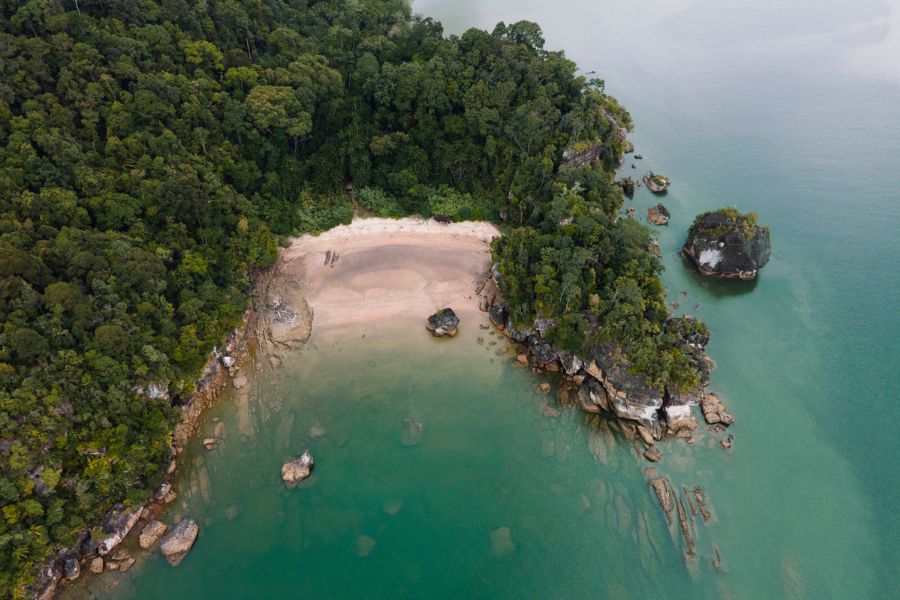
Bako National Park from above (Source: SarawakTourismBoard)
This is the place one must visit to understand the different diversities of Sarawak's culture. Located near Damai Beach, the Cultural Village is a "living museum" housing replicas of traditional houses belonging to different ethnic groups in this state, such as the Iban, Bidayuh, and Orang Ulu.
This is also with an authentic longhouse, which visitors can walk through, view cultural performances, as well as indigenous crafts like beadwork and weaving. Cultural Village stages the annual Rainforest World Music Festival to attract musicians and festival goers from all over the world and marks one of the region's cultural high spots.
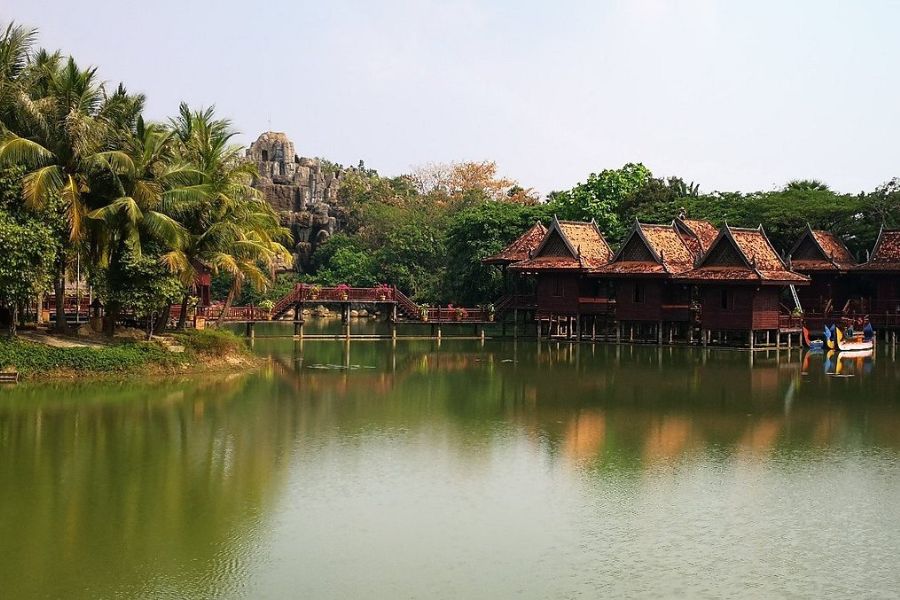
Cultural Village in Sarawak (Source: Tripadvisor)
The Waterfront in Kuching is literally the heart of the city, which shows a blend of historical landmarks with modern attractions. Take a promenade along the riverfront promenade, visit the iconic Fort Margherita, or take a boat ride along the Sarawak River for a bird's-eye view of the city.
The area is dotted with food stalls, souvenir shops, and other cultural sites such as the Sarawak State Museum, a rich treasure of artifacts from Sarawak's past.
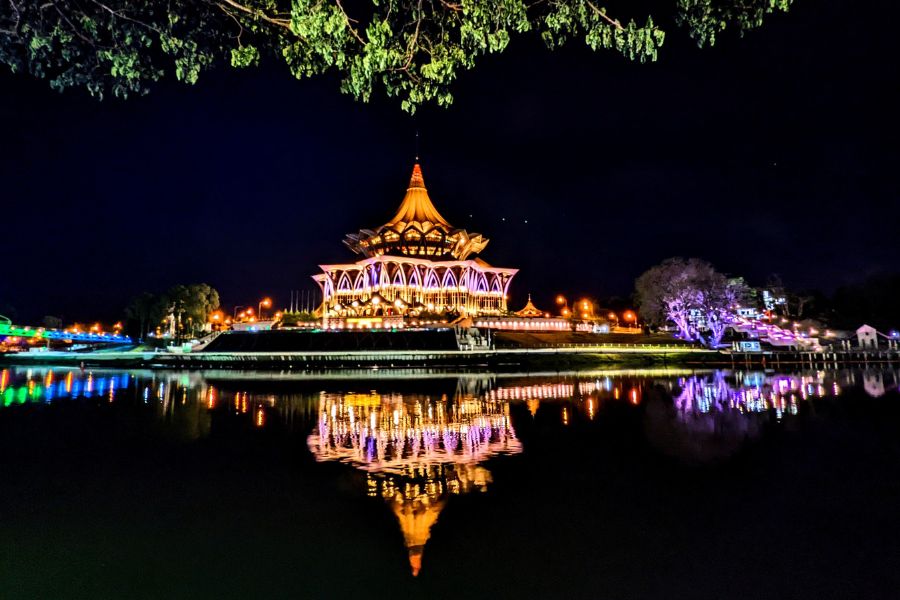
The colorful Kuching Waterfront by night in Sarawak (Source: LocalGuidesConnect)
The Niah Caves, situated in Niah National Park about 100 km away from Miri, are another important archeological site in Sarawak. These caves house one of the oldest human remains ever found in Southeast Asia, traces dating over 40,000 years ago. The place comprises ancient rock paintings and a number of cave chambers large enough to walk in. It is quite an interesting destination for both history lovers and thrill seekers.
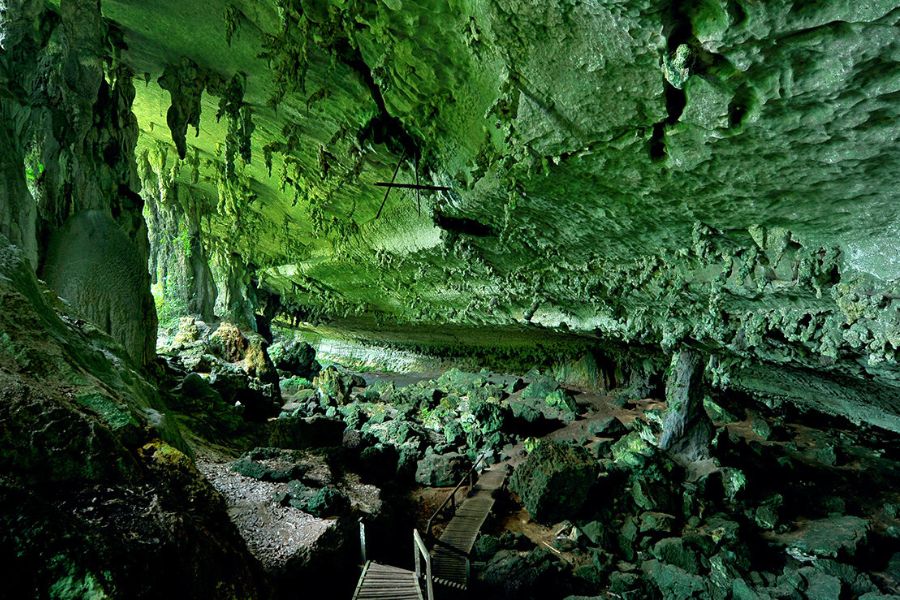
The mystery of Niah Caves in Sarawak (Source: Malaysia)
Read more: Malaysia tour 7 days: Malaysia in your heart
March to September: Generally, this is the dry season in Sarawak, and as such, it is ideal for trekking, wildlife spotting, and even into the national parks. This is a good time to attend some great cultural events; especially the Rainforest World Music Festival every July.
October to February: These months are classed as the wet season, but in Sarawak, this only tends to mean scattered thunderstorms and a little more humidity. While outdoor activities may be limited, it's still a good time for the experience of lush greenery and to explore Sarawak's museums and other cultural sites.

Beautiful view of Kuching city in Sarawak (Source: Pelago)
By Air: The main entrance to Sarawak is via Kuching International Airport, usually abbreviated as KCH. It is located about 11 kilometers from the actual center of the city. Indeed, flights to the airport come from various international destinations such as Singapore, Brunei, and Indonesia.
By Land and Sea: If arriving from neighboring Sabah or Brunei, there are buses and cars. In fact, Sarawak is connected by road with Sabah and Brunei with the Trans-Borneo Highway, so traveling by road is well worth considering.
Ferry services between Kuching and most coastal towns, though less common, do provide the best scenery of Sarawak's coastline; most tourists favor flying for efficiency.
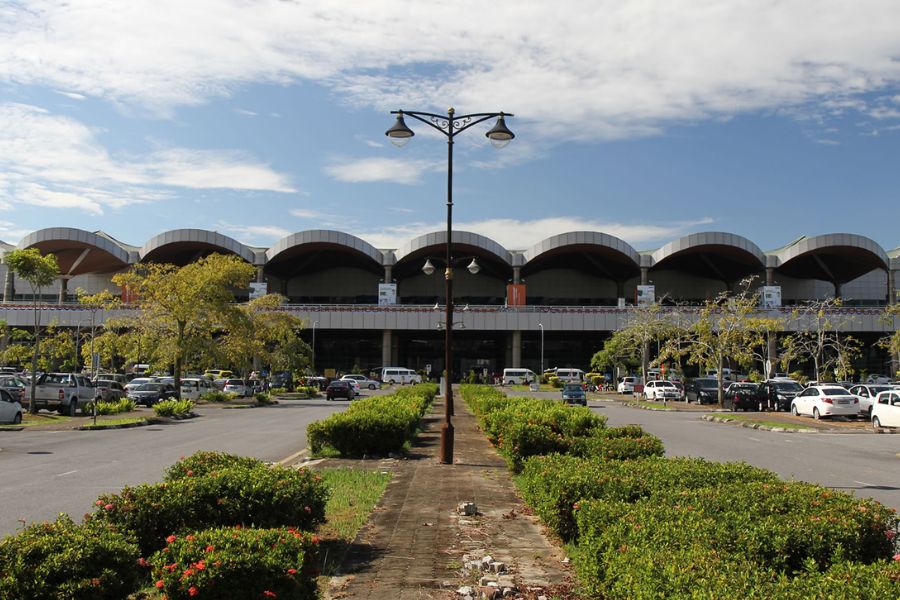
Kuching International Airport in Sarawak (Source: 360TourAsia)
It is a place full of culture, history, and nature. From its ancient caves to the thriving wildlife, Sarawak is a journey one will never forget in search of adventure and discovery. Make sure you stop by during the dry season and do not miss the cultural and natural wonders that make this region a real Malaysian gem with Asia King Travel!
Read more: Malaysia Classic Highlights
Your Sarawak Jungle Tour 9 days: A Pristine Excursion in Malaysia begins in the...